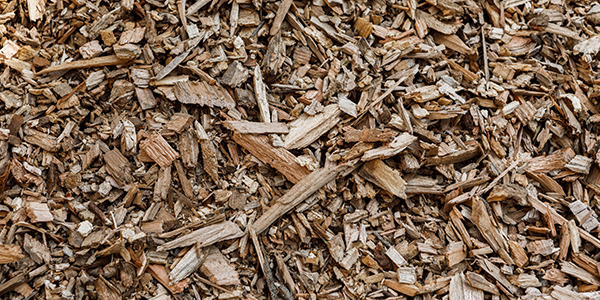Bark mulch is a versatile and eco-friendly landscaping material that can enhance the beauty of your garden while providing a range of practical benefits. Whether you're a seasoned gardener or just starting to explore the world of landscaping, understanding the advantages and best practices for using mulch can help you achieve stunning results. In this post, we'll delve into the various aspects of bark mulch, from its benefits to its application methods, to help you make the most of this fantastic natural resource.
So, what is Bark Mulch made of?
Bark mulch refers to a layer of shredded or chipped bark derived from various tree species, such as pine, cedar, or cypress. It is commonly used as a protective cover for soil in gardens, flower beds, and around trees and shrubs. Bark mulch is also available in different sizes and compositions, which provide a range of aesthetic options to suit your specific landscaping preferences.
Benefits of Bark Mulch:
- Moisture Retention: One of the significant advantages of bark mulch is its ability to retain moisture in the soil, reducing the need for frequent watering and helping plants thrive in drier conditions.
- Weed Suppression: Applying a layer of mulch acts as a natural weed suppressant, preventing weed seeds from germinating and competing with your desired plants for nutrients.
- Soil Insulation: Bark mulch acts as a protective blanket, insulating the soil against extreme temperatures. It helps keep the soil cooler in the summer and warmer in the winter, creating an ideal environment for plant growth.
- Erosion Control: By creating a barrier between soil and heavy rainfall, mulch helps prevent soil erosion, preserving the integrity of your garden beds.
- Organic Matter: As mulch decomposes over time, it adds organic matter to the soil, improving its structure, fertility, and overall health.
- Aesthetic Appeal: Mulch adds a natural and attractive finish to your landscape design, providing a polished look that complements your plants and flowers.

How to choose the right mulch?
When selecting bark mulch, consider factors such as tree species, size, and color. Some common choices include pine bark mulch and cypress bark mulch, are available for purchase at Kurtz Bros today. The size of the bark particles affects their longevity and ability to stay in place, with finer textures typically decomposing more quickly but providing better weed suppression. Additionally, choose a color that harmonizes with your garden's overall theme.
To make the most of bark mulch, follow these application tips:
- Clear the area: Remove any existing weeds, rocks, or debris from the designated area.
- Weed barrier: If desired, lay a weed barrier fabric before spreading the mulch to enhance weed suppression.
- Thickness: Apply a layer of mulch around 2-4 inches thick. Avoid piling it against the plant stems, as this can encourage rot or pest problems.
- Mulch renewal: Over time, mulch breaks down and loses its effectiveness. Replenish the layer annually or as needed, especially in high-traffic areas or regions with severe weather conditions.
Bark mulch is a versatile and beneficial landscaping material that can transform your garden into a thriving and visually pleasing space. By understanding the advantages of this mulch, choosing the right type, and applying it correctly, you can enjoy the numerous benefits it. Embrace the power of bark mulch and unlock the potential of your landscape with this natural and sustainable solution. Contact us today to learn more.
